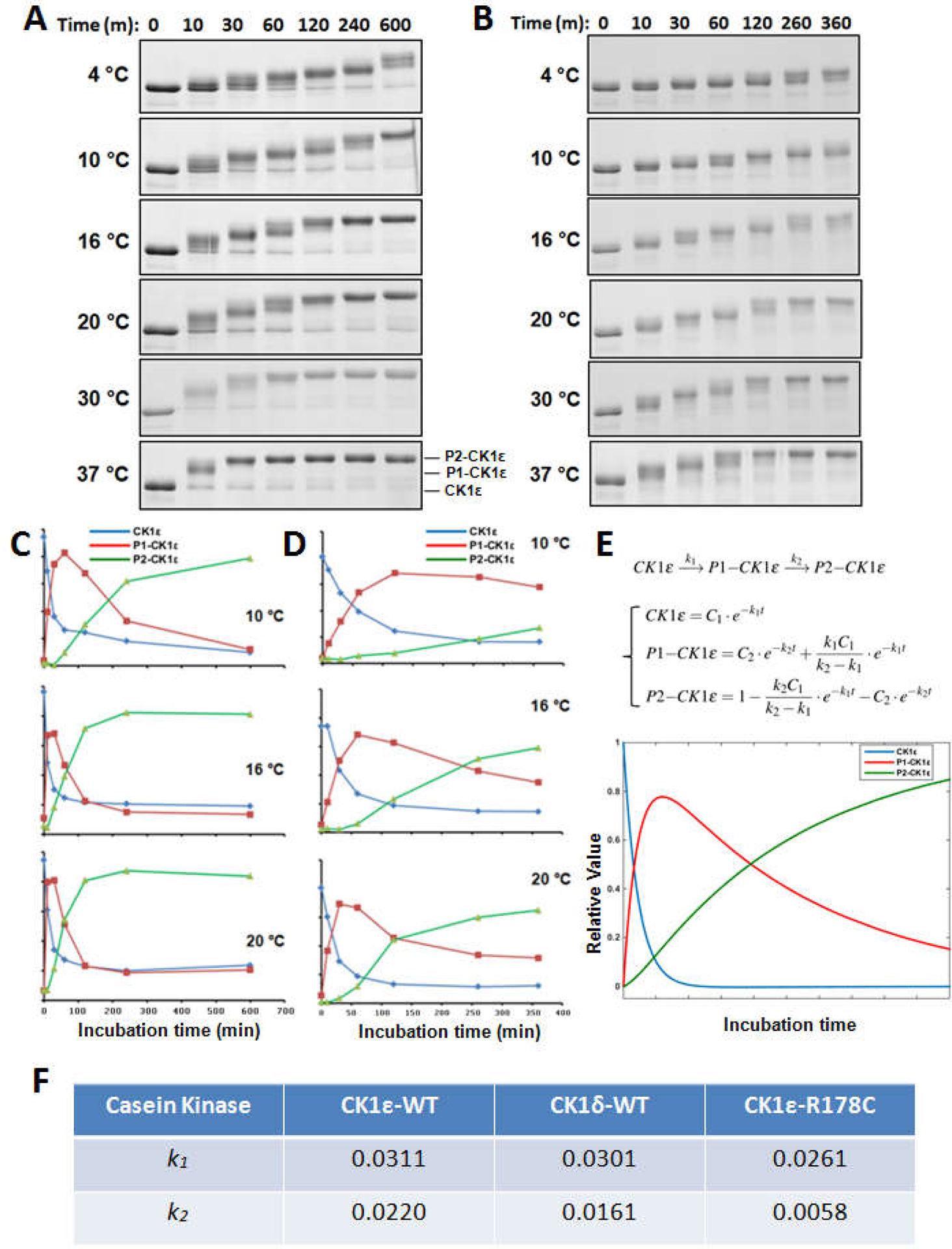Figure 2. Auto-phosphorylation of CK1ε kinases is a sequential, temperature-dependent process.

(A) The kinetics of CK1ε-WT auto-phosphorylation under a range of temperatures: 4 °C, 10 °C, 16 °C, 20 °C, 30 °C, and 37 °C. A ordered phosphorylation pattern can be observed as a progressive mobility shift. (B) Slower auto-phosphorylation kinetics was observed for CK1ε-R178C over the same temperature range. (C) The auto-phosphorylation process of CK1ε-WT at10 °C, 16 °C, and 20 °C was quantified as the time dependence of the unphosphorylated form (blue), intermediately phosphorylated P1 form (red), and fully phosphorylated P2 form (green). (D) The auto-phosphorylation processes of CK1ε-R178C at10 °C, 16 °C, and 20 °C were quantified as in panel C. Data in panels A-D are representative of two or more independent experiments. (E) A simplified two-step phosphorylation model for the sequential auto-phosphorylation of CK1ε as described in the text. Each form of CK1ε (1) un-phosphorylated, (2) P1-CK1ε, and (3) P2-CK1ε, wascalculated by solving the differential equations in the model, and then Matlab software was used to simulate the relative amount of each form over time. (F) k1 and k2 estimated for these three CK1s, indicating that CK1δ-WT has an intermediate auto-kinase rate.
